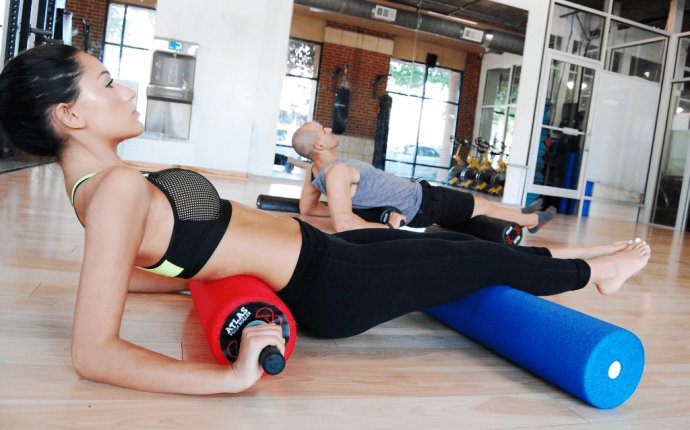
Stretch out back pain
Americans used to be an active bunch—baling hay, lifting boxes, scrubbing floors, and walking everywhere. No more. The Information Age has given way to the Age of Ache, and Mary Ann Wilmarth, DPT, a spokeswoman for the American Physical Therapy Association, sees it daily at Back to Back Physical Therapy in Andover, Massachusetts, where patients often seek treatment for achy backs, sore shoulders, and stiff joints.
“We go from sitting all day back to sitting all night, ” Wilmarth says. “We see more and more people in pain. Anecdotally, we see more shoulder pain. People sit at their computer in a hunched position, their posture out of whack. And posture affects the shoulder.” Even if you don’t sit at a computer, sitting in a chair for a long period can alter you’re alignment, especially if that chair doesn’t offer proper lumbar support, Wilmarth adds. Taking frequent breaks to walk and stretch is a good way to counteract too much sitting and to maintain good posture.
Good posture isn’t just an annoying thing that your mom bugged you about—it’s a way of holding yourself that can keep back and shoulder stiffness at bay, Dr. Wilmarth says. “If you’re someone who tends to slouch, your back is rounded, your head goes forward and so does your shoulder. Eventually, it can make you more prone to tendonitis, rotator cuff pain or arthritis in your neck and back. If you are someone who is likely to have arthritis, you are not helping yourself by having bad posture.”
Proper Posture When You're Sitting
How do you know if you have good posture while you’re sitting? Start at the top of your head. Your ears should be over your shoulders, and your shoulders should be over your hips—in a fairly straight line, Dr. Wilmarth says. “Your chair makes a difference. You want your lower back supported either by you’re a good ergonomic chair that fits you well or, at the very least one that includes a lumbar cushion. When you sit at your desk, your knees should bend at 90 degrees and your feet should be flat on the floor. Your elbows should be at a 90-degree bend, your wrists neutral, and your eyes should be cast downward slightly, but not so you’re bending your neck very much. A slight bend is OK.”









